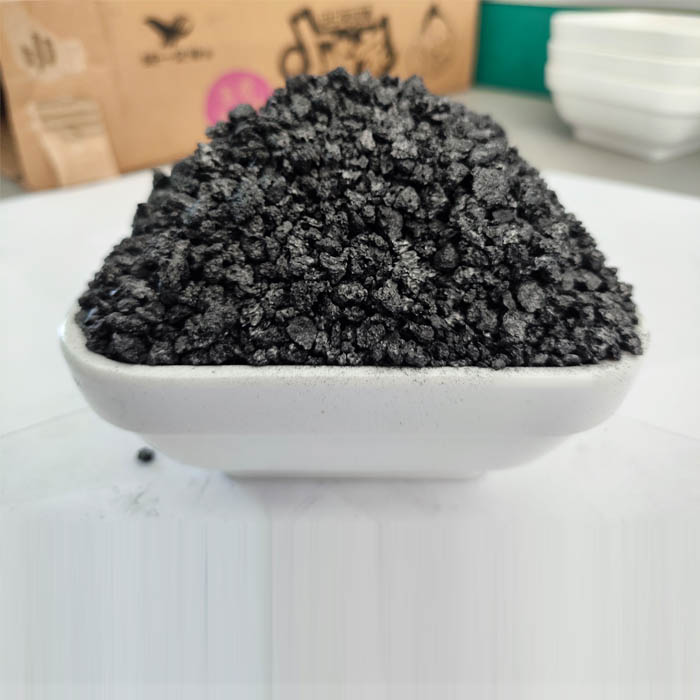Dec . 25, 2024 17:23 Back to list
Thermal Insulation Options for Pipes in Various Applications and Environments
Pipe Thermal Insulation Materials Essential for Energy Efficiency
In today’s industrial and domestic settings, the efficiency of energy consumption is paramount. One of the critical areas where significant energy savings can be achieved is through the use of thermal insulation materials for pipes. Proper insulation not only helps maintain the desired temperature of the fluids being transported but also leads to substantial cost savings and reduced environmental impact.
Understanding Thermal Insulation
Thermal insulation refers to materials that significantly reduce the transfer of heat between objects at different temperatures. Pipe insulation is crucial for industries such as oil and gas, pharmaceuticals, and HVAC (Heating, Ventilation, and Air Conditioning), where fluids must be transported efficiently without losing heat or gaining unwanted heat from the surroundings. Without proper insulation, pipes can lead to energy wastage, corrosion, and even safety hazards.
Types of Pipe Thermal Insulation Materials
1. Fiberglass Insulation One of the most common types of pipe insulation, fiberglass is lightweight, easy to install, and offers excellent insulating properties. Fiberglass can withstand temperatures ranging from -20°F to 1,000°F, making it suitable for various applications, from cold water pipes to high-temperature steam lines. Its non-combustible nature enhances its appeal in industrial settings.
2. Foam Rubber Foam rubber insulation is another popular choice, particularly for residential plumbing systems. It is flexible, which makes it easy to install, and it is also effective in insulating against both hot and cold temperatures. Additionally, it resists moisture, preventing the growth of mold and mildew, thereby maintaining the integrity of the pipe.
3. Mineral Wool This insulation material is made from spinning or drawing molten iron ore, stone, or glass into fiber. Mineral wool is particularly effective for high-temperature applications and is known for its fire-resistant properties. It is ideal for insulating pipes that carry hot fluids or are exposed to high heat.
4. Cellular Glass This type of insulation is made from glass bubbles and offers excellent thermal insulating properties. Cellular glass is impermeable to moisture and vapor, which means it is highly effective in preventing heat transfer. It is typically used in industrial applications where both high temperature and resistance to water are necessary.
pipe thermal insulation materials

5. Aerogel Known as one of the most effective insulating materials, aerogel is lightweight and has an incredibly low thermal conductivity. While it can be more expensive than traditional insulation materials, its performance in extreme conditions makes it a valuable option for specialized applications.
Benefits of Proper Pipe Insulation
1. Energy Conservation Effective pipe insulation significantly reduces heat loss, leading to energy conservation. With less energy required for heating or cooling, businesses and homeowners can see a considerable drop in their energy bills.
2. Preventing Condensation Insulating pipes helps control condensation, which can lead to corrosion and damage over time. This is particularly important in environments where there is a significant temperature difference between the pipe's surface and the surrounding air.
3. Safety Properly insulated pipes reduce the risk of burns or injuries from hot surfaces, providing a safer environment in both industrial and residential settings.
4. Extended Lifespan of Pipes Insulation helps in minimizing temperature fluctuations, which can lead to pipe expansion and contraction. This stability helps extend the lifespan of the piping system.
Conclusion
As industries and households strive for greater energy efficiency, the role of pipe thermal insulation materials cannot be understated. Investing in high-quality insulation not only reduces energy costs but also contributes to creating a safer, more sustainable environment. Understanding the various types of insulation materials available and their respective advantages enables better decisions that lead to improved energy efficiency and reduced environmental impact.
-
Eco-Friendly Granule Covering Agent | Dust & Caking Control
NewsAug.06,2025
-
Fe-C Composite Pellets for BOF: High-Efficiency & Cost-Saving
NewsAug.05,2025
-
Premium Tundish Covering Agents Exporters | High Purity
NewsAug.04,2025
-
Fe-C Composite Pellets for BOF | Efficient & Economical
NewsAug.03,2025
-
Top Tundish Covering Agent Exporters | Premium Quality Solutions
NewsAug.02,2025
-
First Bauxite Exporters | AI-Optimized Supply
NewsAug.01,2025
